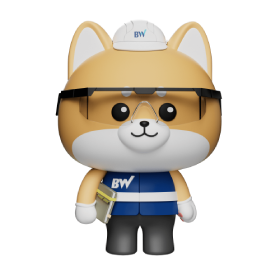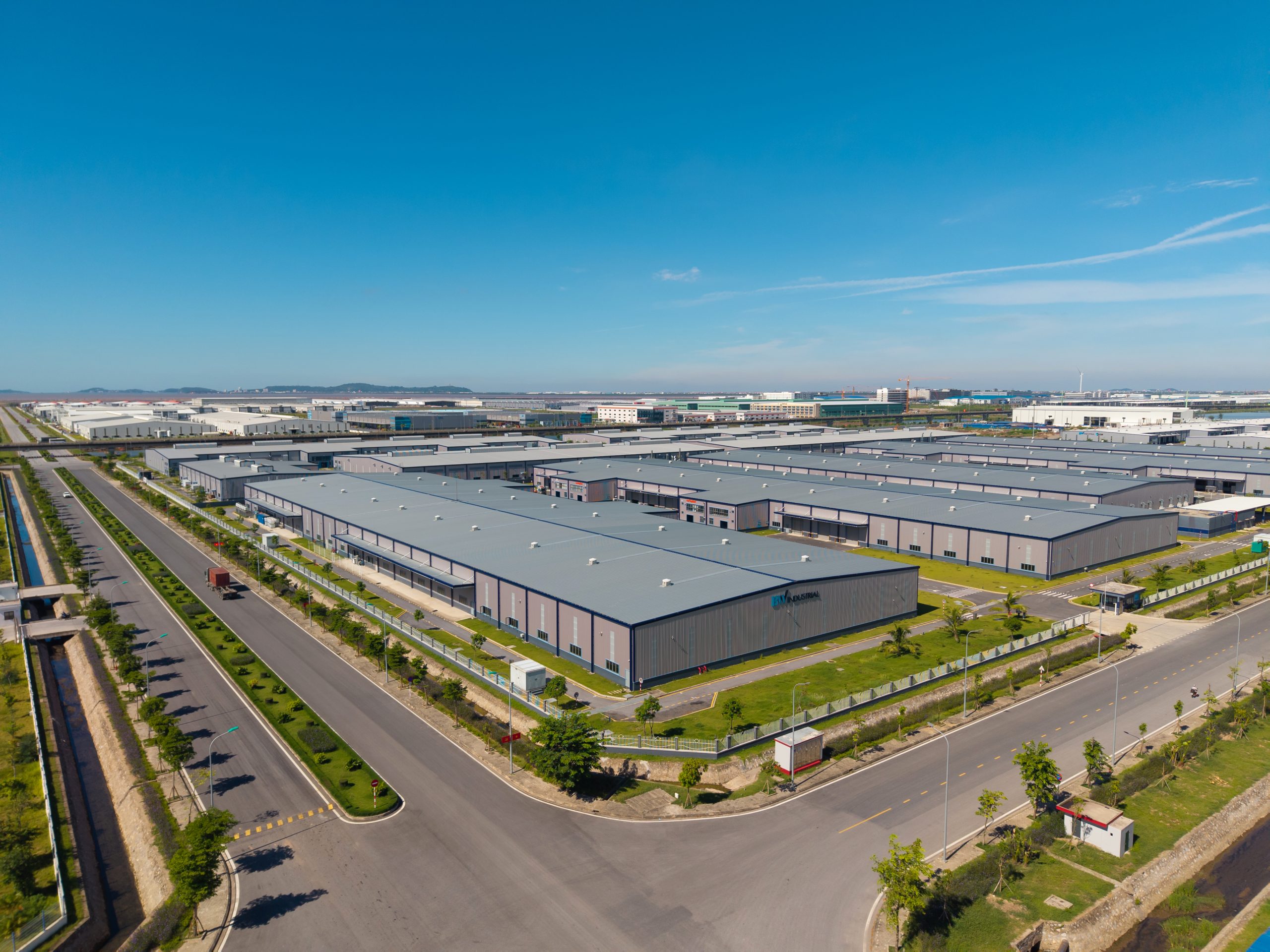December 16, 2025
News & Events
How To Determine Whether Your Business Need Environmental Protection Plan (Epp) Or Environmental Impact Assessment Report (Eiar)
August 30, 2024
GENERNAL INFORMATION
After being issued the IRC, ERC and company seal, investors still cannot start their production without an approved environmental protection plan (EPP) or evironmental impact assessment report (EIAR). The procedure of EPP/EIAR application must be conducted right after the issuing of the IRC and ERC and before factory fitting out and machine installation.
Many of our clients need a legal consultancy on how to determine whether their business requires an EPP or EIAR — as well as what the difference between the two documents is.
Based on below conditions, a manufacturing business will identify whether they must make EPP or EIAR based on its:
- Industry and product
- Production scale (product quantity/year, factory or warehouse area, etc.)
- Amount of discharge volume (wastewater, emissions, solid waste, etc.)
Generally, an EPP is applicable for small and low environmental risk projects (specified in Decree 40/2019/NĐ-CP, dated May 13, 2019); meanwhile, an EIAR is applicable for large and high environmental risk projects. As a result, an EPP is a simpler form of an EIAR; the application procedure of an EPP is also simpler than that of an EIAR. Based on BW’s legal consultancy experience in application procedure, for normal industries and popular production flows (which have a low environmental risk), factory area is one of major conditions to determine the need for an EIAR or EPP.Normally, an EPP will be applied if the manufacturing area is less than 10,000 sqm; an EIAR will be applied to production areas of more than 10,000 sqm that have a greater impact on the environment.
Guideline for EPP/EIAR application dossier:
The following introduces what you need to prepare when proceeding with an EPP/EIAR.
Firstly, an EPP/EIAR contains the following information:
+ Project site
+ Business and service type, technology and production scale
+ Required raw materials and fuel
+ Business forecast of waste and other substances affecting the environment
+ Measures for disposing waste and mitigating harmful environmental impacts
+ Measures to be applied for environmental protection
Consenquently, an application for an EPP/EIAR consists of the following:
+ Explanation of investment project
+ Investment certificate
+ Profile of factory construction
+ Land or factory lease contract
+ Application form for registration of EPP, or application form for EIAR assessment
+ For EIAR: feasibility study report or investment project report or equivalent documents. For EPP: investment report or business plan of the project owner.
+ Environment protection plans with format, covers and contents in accordance with the form described by law.
Overall, the dossier for an EPP and EIAR are quite similar. The key differences lie in the authorities involved and timeline to issue the license. For an EPP, Department of Natural Resources and Environment or the district People’s Committee shall certify the registration of the environmental protection plans for the projects or the business plans according to the listed projects that are specified by law. Management boards of industrial parks, export-processing zones or economic zones shall approve environmental protection plans related to projects/plans for business investment in industrial parks, export-processing zones or economic zones authorized by the above competent agency. The estimated timeline is 10 business days.
For an EIAR, the Ministry of Natural Resources & Environment or provincial Department of Natural Resources & Environment will be the authority in charge of the EIAR accessment and approval. The estimated timeline is 30 to 45 business days.
For further legal consultancy on licensing procedures for foreign manufacturers in Vietnam and support from BW, please contact our hotline at (+84) 28 710 29 000 or email to enquiry@bwidjsc.com.
About BW
BW is Vietnam’s leading logistics and industrial real estate platform with over 10 million square meters of industrial land in prime locations under control across 58 projects in 12 key provinces in Vietnam. BW has been focused on developing for-rent modern warehouses and light industrial to capture the outsized growth opportunities of manufacturing, increasing domestic consumption, and the rapid growth of e-commerce.
MEDIA CONTACTS
BW
Nhi Nguyen
Deputy Director – Communications








